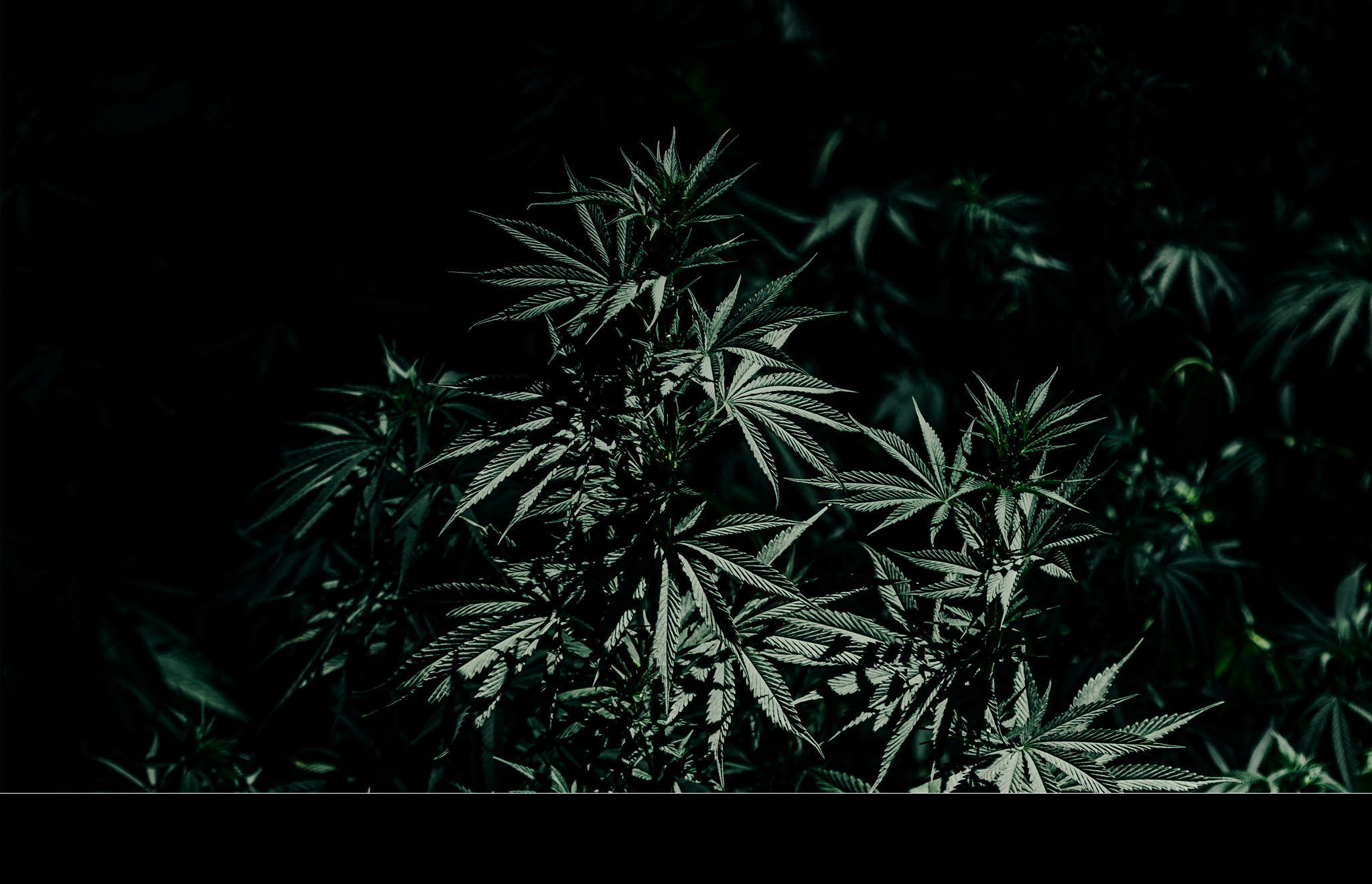Cannabis cultivation and hashish production in the Parvati Valley, Himachal Pradesh, India (2015)
© 2015 Pierre-Arnaud Chouvy – All Rights Reserved
ENG: Photos of cannabis cultivation and charas (hashish) making at about 3,000 metres of altitude, Parvati Valley, Himachal Pradesh, India.
FR: Photos de champs de cannabis et de production de charas (haschich) à près de 3000 mètres d’altitude, vallée de la Parvati, Himachal Pradesh, Inde.
Although it has become illegal in 1985 under the Narcotics Drugs and Psychotropic Substances Act, hashish has been produced in India for thousands of years, notably in the Parvati Valley, in the northern Indian state of Himachal Pradesh. South of the famed Manali area, where the eponymous charas – or hashish – is produced, the Parvati Valley is known the world over for its high end hand-rubbed charas and notably the Malana Cream.
The valley, where cannabis grows wild (used to produce the so-called jungle hashish) but where about 2100 hectares are thought to be cultivated (to produce the begij hashish) each year, holds its name from the wife of Hindu god Shiva: the couple is thought to have brought cannabis seeds into the valley. Hashish produced in the Parvati Valley is of extremely high quality and the Malana Cream that has long been produced in the isolated village of Malana has often been rated as the world’s very best.
Excerpt from Pierre-Arnaud Chouvy, 2016, Himalayan Highs, Cannabis Now Magazine, Issue 19, March 2016, pp. 42-46 (4100 signes + 11 photos).

